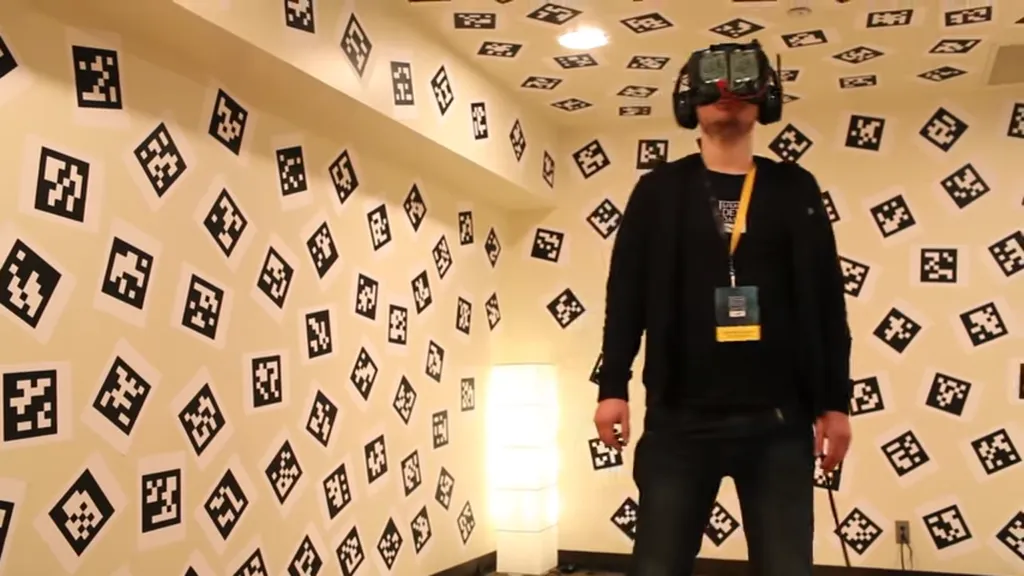Update: Valve released an update to its SteamVR beta today with initial support for asynchronous reprojection. The feature does not support AMD GPUs in its current version. With NVIDIA, an updated driver is required.
Valve’s answer to a technique employed by Oculus that helps VR experiences run smoothly is here.
Facebook-owned Oculus uses a technique called “Asynchronous Timewarp” (ATW) to compensate for situations where the hardware drawing a virtual experience can’t keep up with the rate needed to make it feel smooth. With PC’s, that rate is currently 90 frames every second and drops below this rate could make VR uncomfortable. So various techniques, some of them known as reprojection, are employed to try and get to 90 frames per second.
Oculus, in fact, recently announced a secondary technique it calls “Asynchronous Spacewarp” (ASW). This new approach gave the company the confidence to announce a minimum specification for the Rift. In other words, a year and a half after Oculus announced hardware specifications “recommended” to run the Rift with a good experience, the company added a new “minimum” set of hardware requirements that would use this ASW method to help produce a good experience. NVIDIA, for example, is evaluating whether its newly announced $140 GTX 1050 Ti graphics card is capable of meeting this minimum specification.
The graphics card is typically the most expensive part of a VR computer, and just two years ago enthusiasts and developers could spend $700 for a graphics card that could run the second Oculus Rift development kit at its full frame rate. Gains expected from ASW, however, led Oculus to show off a $500 PC said to meet the Rift minimum specification. This new low-cost PC dramatically lowers the barrier to entry, but what kind of an experience it offers in VR across the wide range of software available is still unknown.
Valve, for its part, took a different approach. For the SteamVR-powered Vive headset, the company recommended to its partner HTC very similar specifications to the original ones recommended by Oculus for Rift. Valve originally implemented an “Interleaved Reprojection” technique instead of something like ATW, graphics programmer Alex Vlachos told UploadVR, because Valve’s approach works on all modern graphics processing units (GPUs) — even those in use on Mac and Linux. The Rift, in contrast, is only supported on Windows.
“Asynchronous Reprojection (what Oculus calls ATW) works on only a subset of GPUs out there, and ASW works on an even smaller subset of GPUs,” Vlachos wrote in an email. “We are close to releasing our Asynchronous Reprojection feature which is very similar to ATW.” (UPDATE: It is here now)
Valve is also planning on working with GPU vendors to move forward with reprojection technology that makes “use of the hardware-generated motion vectors,” so something like ASW could be in the offing for Valve as well. That said, don’t expect a minimum specification coming from Valve.
“We have no plans to suggest a minimum spec that is based on reprojection right now,” Vlachos wrote. “Our goal is to provide high-quality VR to customers, and we see all reprojection techniques as a safety net for the occasional dropped frame… it is up to each software application to specify their min spec for that engine, since only they can vet what minimum GPU is actually required to render their assets at framerate.”
As both Oculus and Valve acknowledge, these techniques have different drawbacks. Among them are visual artifacts that might make someone uncomfortable. That’s why Valve, Vlachos wrote, is “going to continue to suggest a recommended spec to customers where most VR software applications hit 90 fps natively without requiring reprojection. We will continue to work with devs to improve their engines to hit framerate.”


























